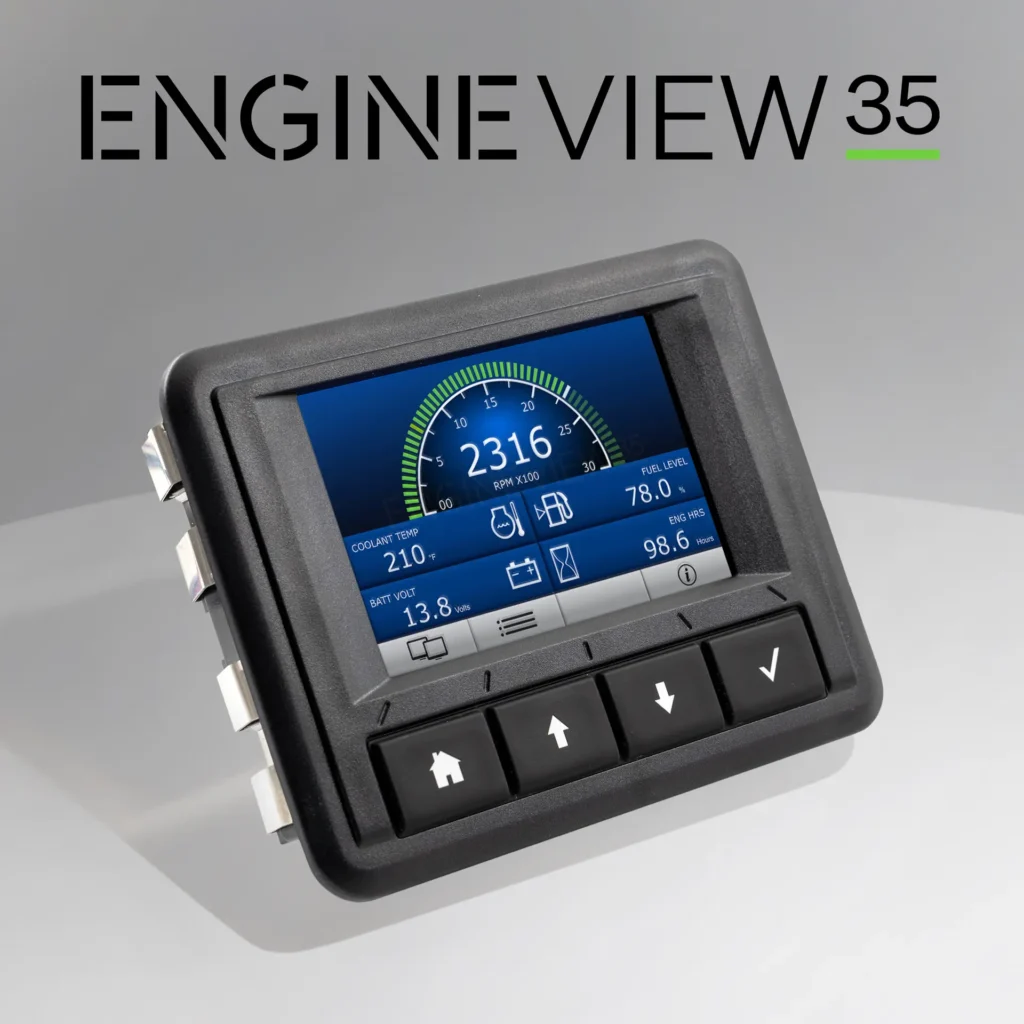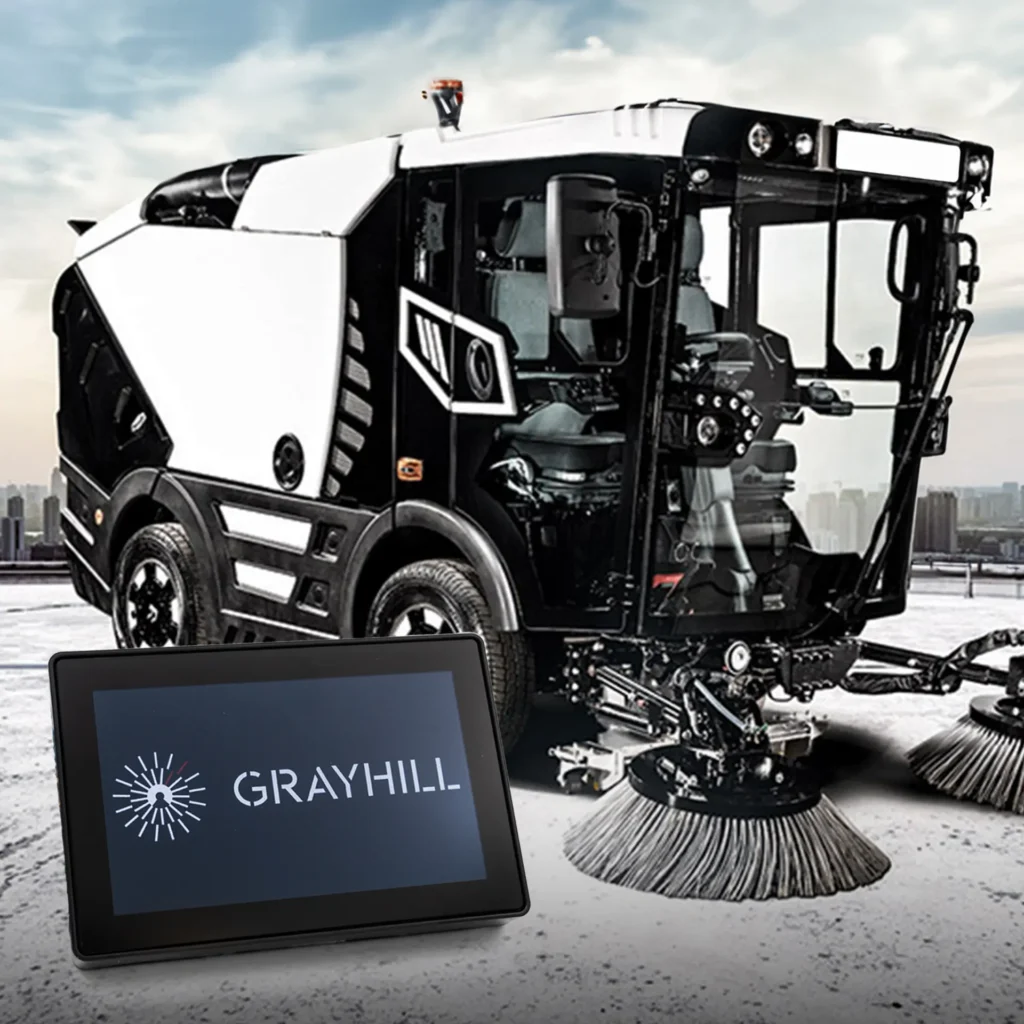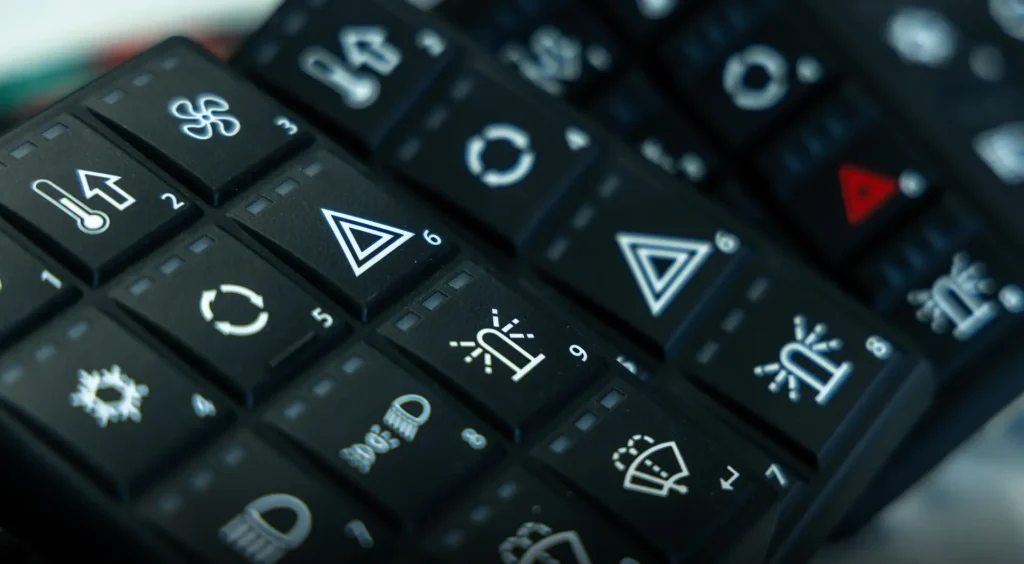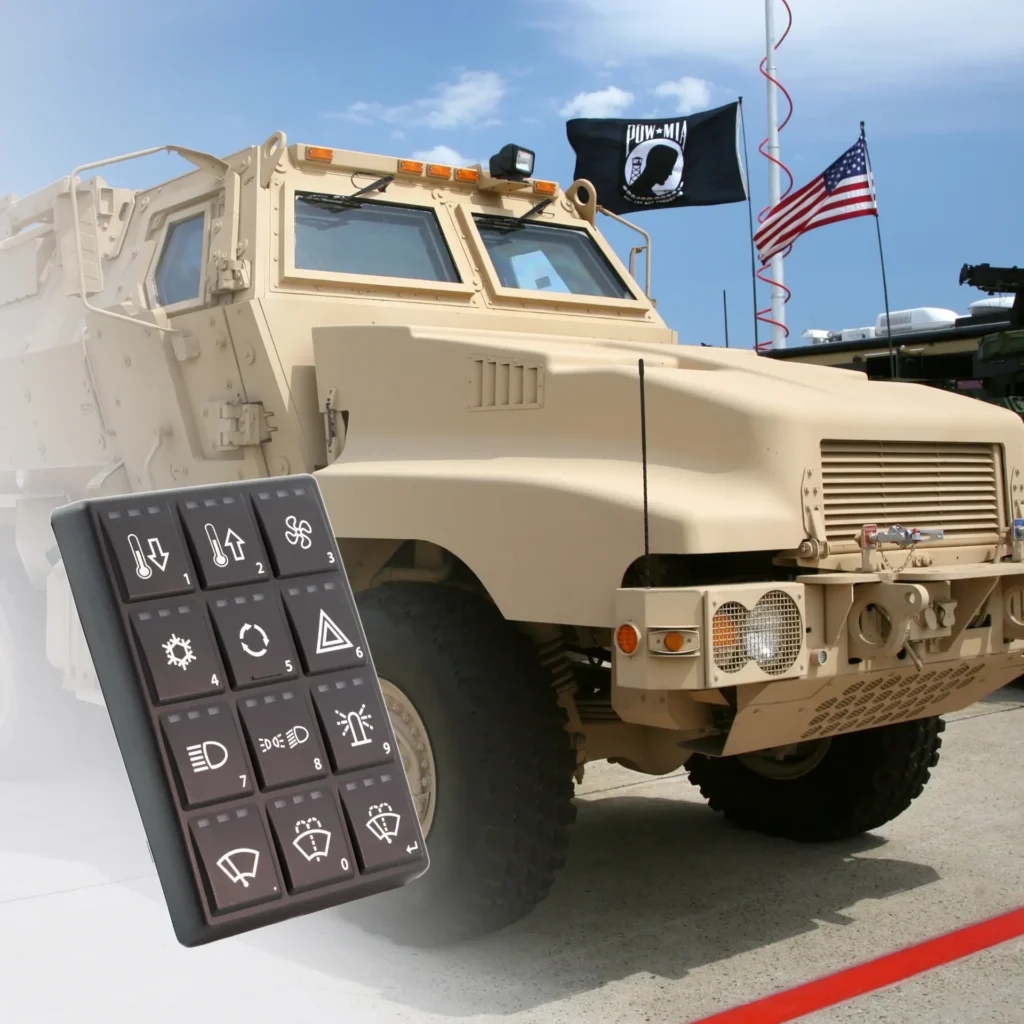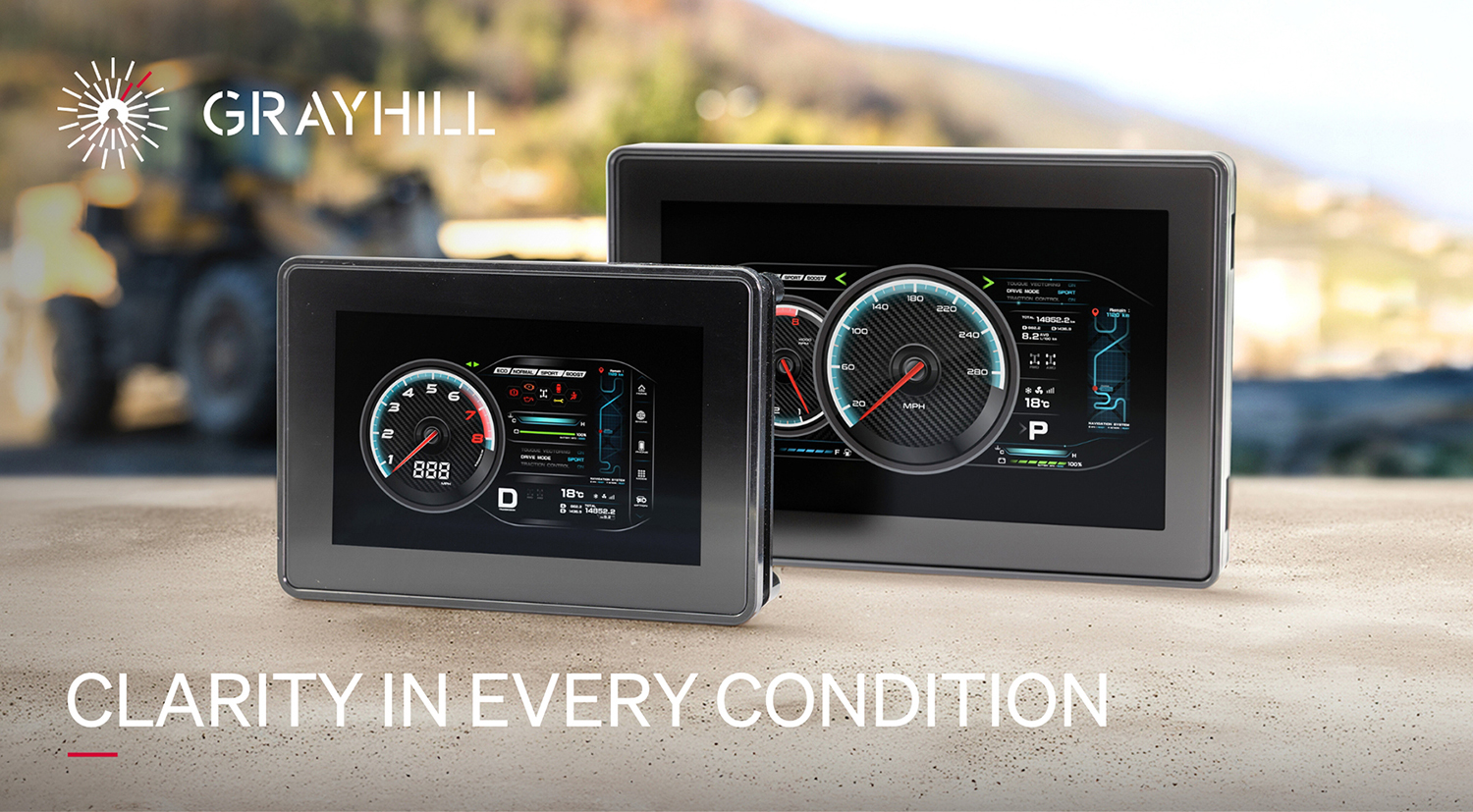
In agriculture, construction, and other off-highway environments, operators don’t work in controlled conditions. Their cabs face bright sun, dust, vibration, rain, and constant exposure to the elements. Modern equipment relies heavily on digital interfaces, demanding clear, real-time visibility of data, diagnostics, and video feeds. This makes sunlight readability a critical factor in display selection for OEMs designing the next generation of vehicle cabs.
The Challenge of Sunlight in Vehicle Displays
Operators depend on displays to interact with equipment controls, respond to diagnostic alerts, and monitor machine performance. Under direct sunlight or glare, however, traditional TFT displays can wash out, making it difficult to read critical information. Reduced visibility doesn’t just create inconvenience; it poses real risks:
- Safety concerns if fault indicators or warnings go unseen.
- Productivity losses as operators stop working to shield displays or wait for better conditions.
- Increased fatigue when operators must strain to read dim or low-contrast screens.
For OEMs, poor sunlight readability means lower operator satisfaction, higher support costs, and a competitive disadvantage in a market where cab technology is becoming a key differentiator.
The IPS Advantage: Wide Viewing Angles, Consistent Clarity
The latest In-Plane Switching (IPS) LCD technology directly addresses these challenges. Unlike older TFT screens, IPS displays maintain consistent brightness and color accuracy across wide viewing angles. This ensures that whether operators are leaning forward, viewing from the side, or quickly glancing while controlling equipment, the display remains legible.
IPS technology also provides sharper graphics and improved perceived clarity, making gauges, video feeds, and diagnostic alerts clearer in bright sunlight. When combined with optical bonding and anti-glare coatings, the result is a display that stays visible and dependable in the harshest conditions.
How the 5-inch and 7-inch CAN Bus Displays Raise the Bar
Grayhill’s newly refreshed 3D50 5-inch CAN Bus Display and 3D70 7-inch CAN Bus Display have been upgraded with color transmissive IPS LCDs, replacing the previous versions’ TFT technology. This transition brings several operator and OEM benefits:
- Wider viewing angles: Operators get consistent visibility from nearly any cab position.
- Reduced reflections: Optical bonding of the LCD, touchscreen, and cover glass minimizes internal glare.
- Durable clarity: Scratch-resistant, anti-glare glass ensures long-term performance in rugged conditions.
These enhancements mean operators spend less time fighting glare and more time focused on the task at hand. For OEMs, it means a stronger value proposition: displays that not only meet environmental standards but also deliver a better day-to-day experience for the people using the machines.
Real-World Applications in Agriculture and Construction
- Agriculture: Tractor operators need constant visibility of sprayer rates, yield monitors, and GPS guidance, often under midday sun. A bright IPS display reduces the risk of misapplication or data errors caused by unreadable screens.
- Construction: Excavator and crane operators rely on displays for diagnostics, camera feeds, and fault codes. A washed-out screen can slow down work or compromise safety. IPS ensures that critical alerts stay visible.
- Off-Highway Vehicles: From mining to forestry, rugged environments demand displays that remain legible in dust, glare, and vibration. IPS-equipped displays meet this need while providing the flexibility to integrate video, gauges, and service reminders into one unit.
Beyond Hardware: Flexibility for OEM Integration
The benefits of the 3D50 5-inch CAN Bus Display and 3D70 7-inch CAN Bus Display don’t stop at hardware:
- Fast boot times with an 800 MHz processor and 512 MB RAM.
- Flexible integration with CAN bus ports, digital and analog I/Os, USB, RS232, and Ethernet (3D70).
- Software choice: easy application creation with VUI Builder (J1939) or advanced customization through Qt and CODESYS.
This combination of rugged hardware and flexible software makes the displays not only sunlight-readable but also adaptable to diverse OEM needs.
Grayhill’s Commitment to Innovation
Upgrading from TFT to IPS is more than a spec sheet improvement; it represents Grayhill’s ongoing investment in technologies that matter most to OEMs and operators. Sunlight readability is a critical factor in vehicle display design, and with the 5-inch and 7-inch displays' refresh, Grayhill delivers brighter, more reliable, and more operator-friendly solutions that keep pace with the demands of modern off-highway equipment.
Learn more about the 3D50 5-inch CAN Bus Display and 3D70 7-inch CAN Bus Display and their wide range of features for off-highway vehicles.
Let’s explore how IPS technology can fit your equipment. Contact us to learn more.
